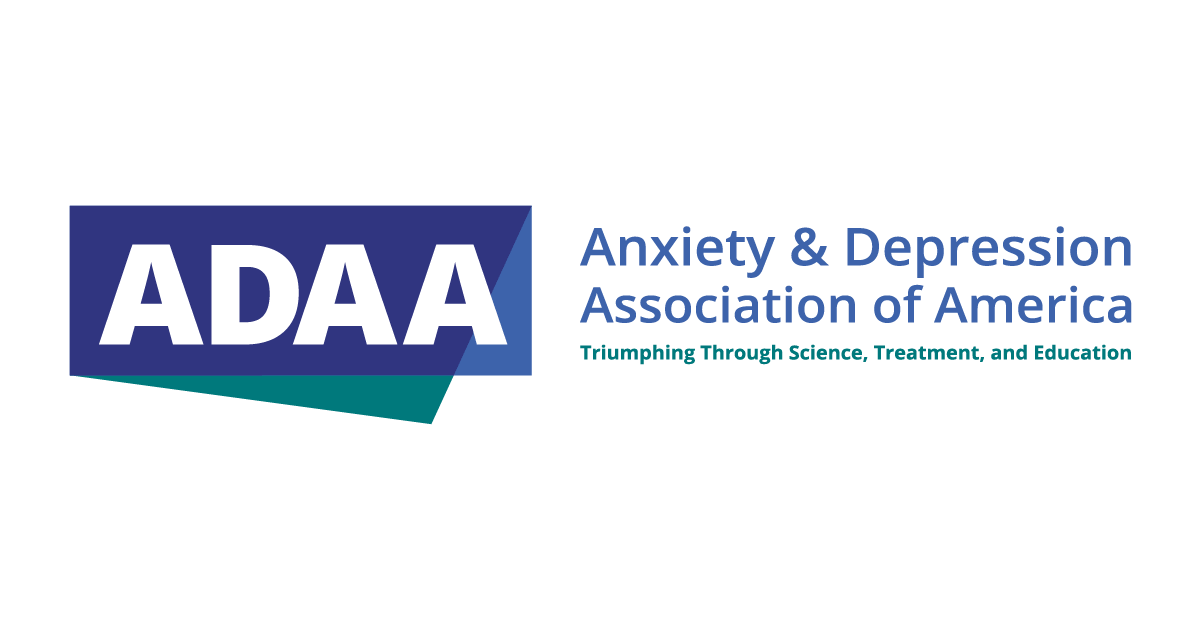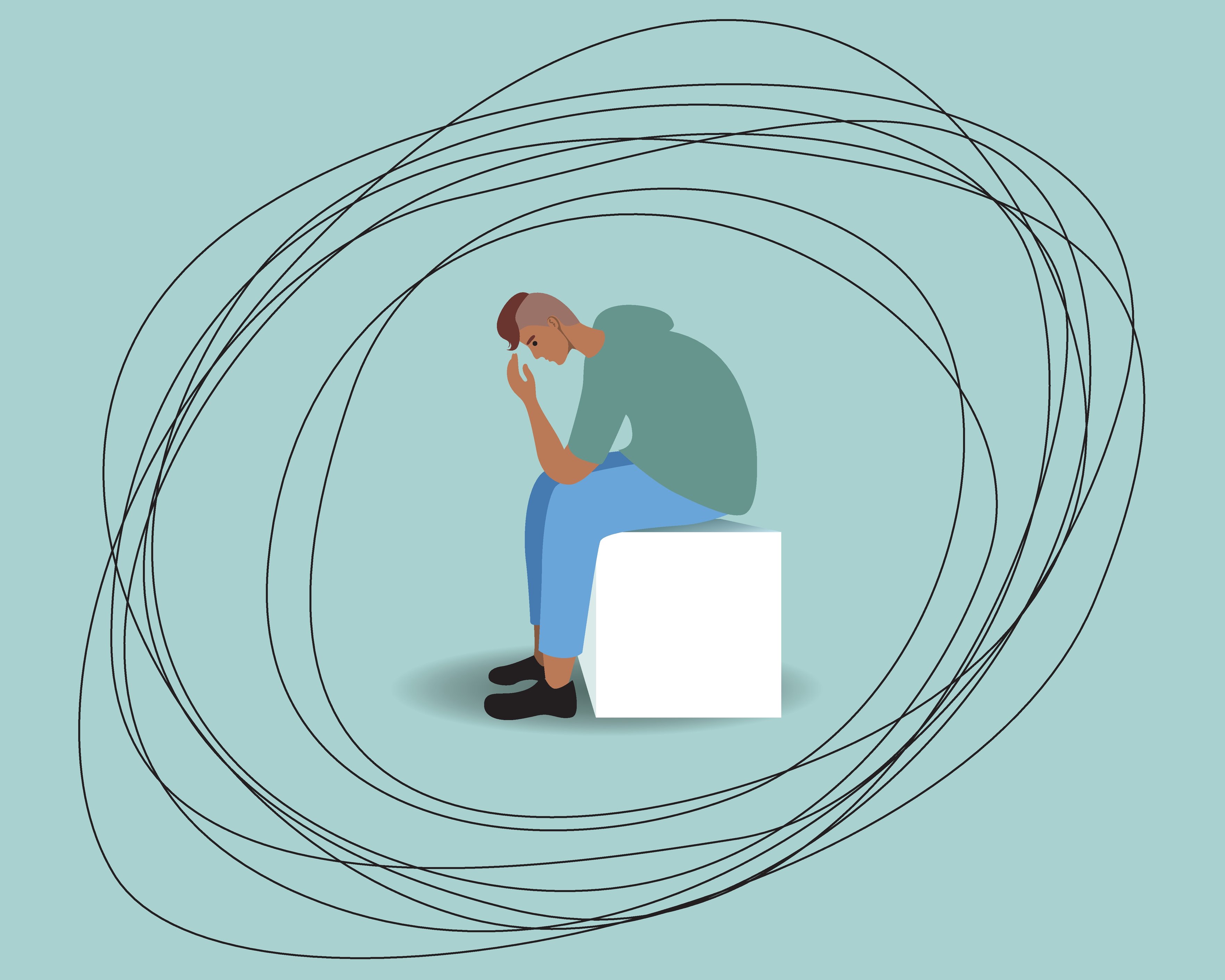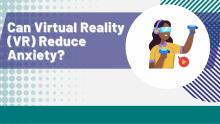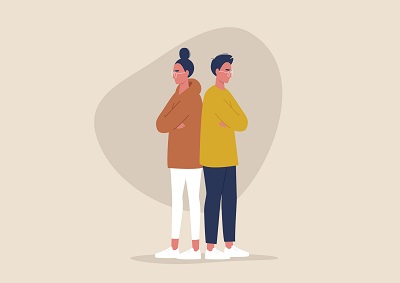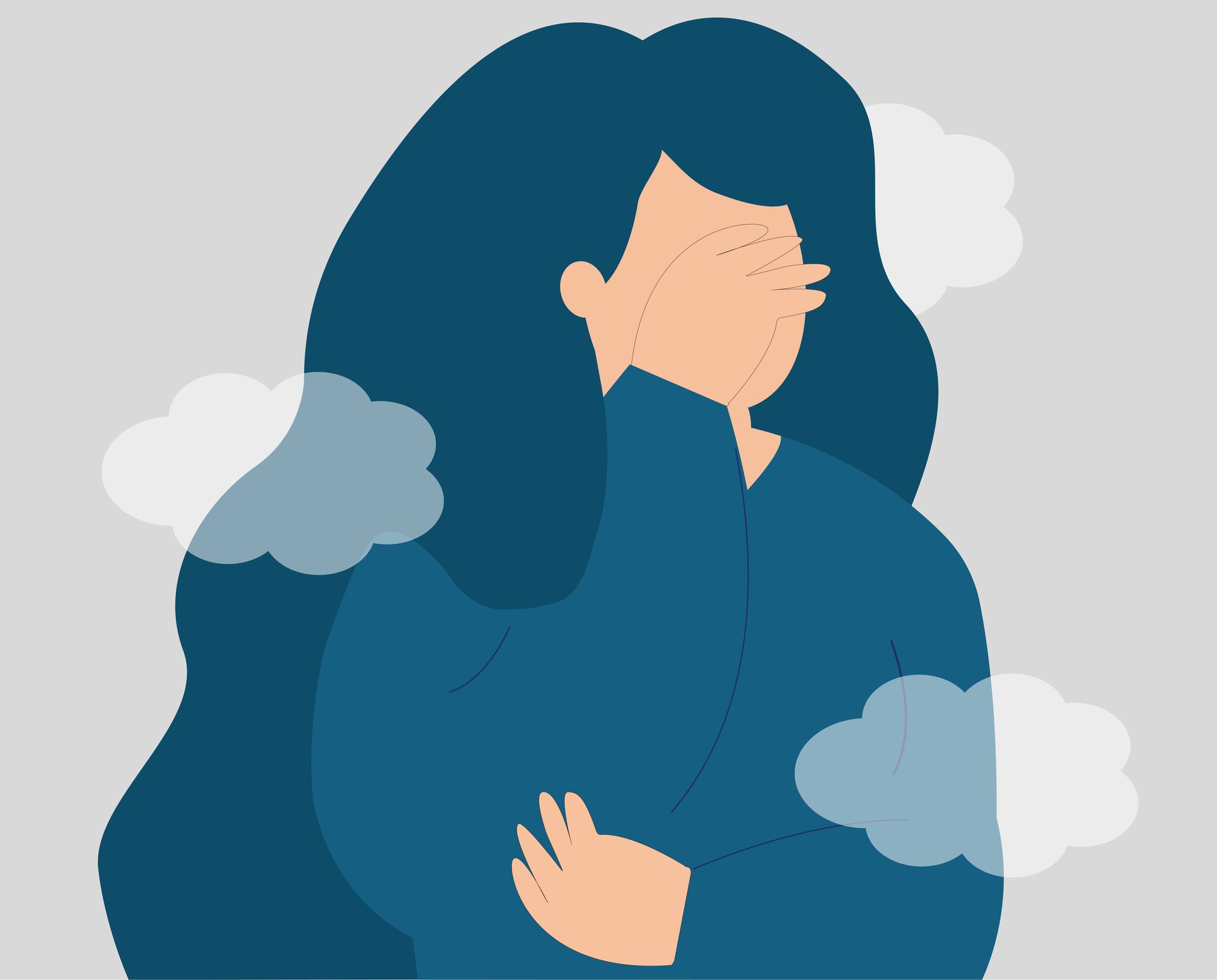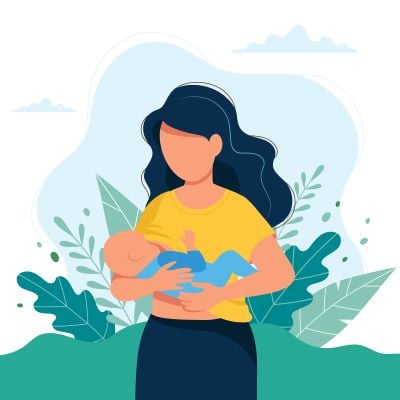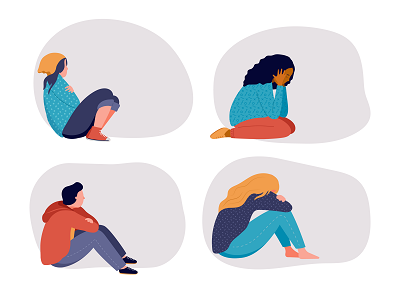test page
Lorem ipsum dolor sit amet, consectetur adipiscing elit, sed do eiusmod tempor incididunt ut labore et dolore magna aliqua. Enim sed faucibus turpis in eu mi bibendum neque egestas. Feugiat nisl pretium fusce id velit ut tortor. Aliquet sagittis id consectetur purus ut faucibus pulvinar. Amet volutpat consequat mauris nunc. Curabitur gravida arcu ac tortor. Risus at ultrices mi tempus. Id diam maecenas ultricies mi. Augue neque gravida in fermentum et sollicitudin ac. Bibendum enim facilisis gravida neque convallis a cras.
